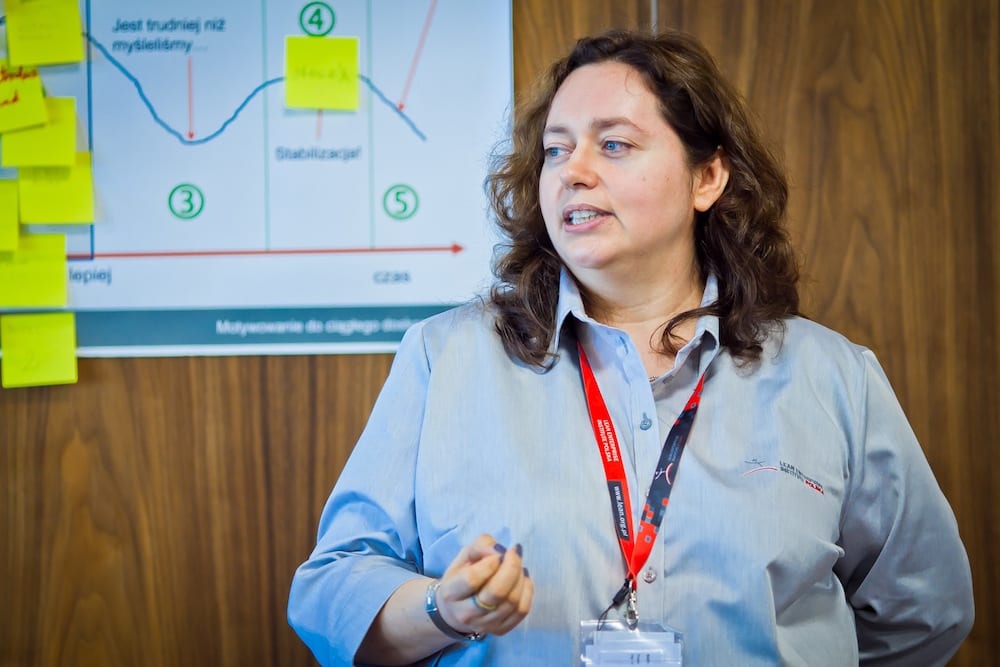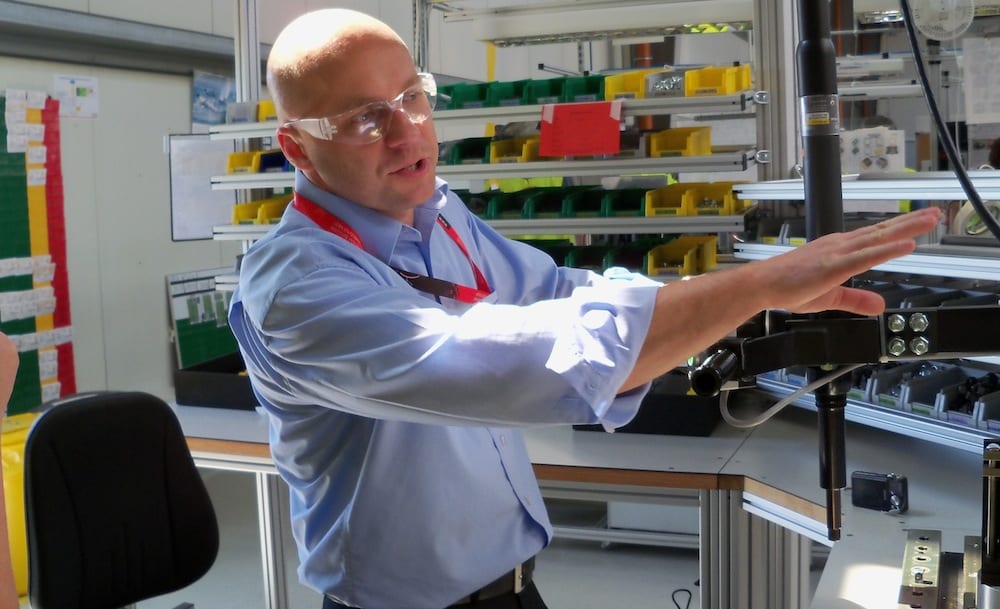
Setting the proper targets is hard
FEATURE – We can have the best processes in place and the best people on payroll, but if our goals are wrong our drive towards lean management won't be enough. Part 3 of Hazards on the road to lean.
Words: Malgorzata Jakubik and Robert Kagan, LEI Polska
As no true lean person should walk by waste and ignore a chance for improvement, we felt the need to put together our reflections on things big and small that, while working with our customers, we have found to be common “speed bumps” or even show stoppers in a lean implementation. Whether systemic or tool-related, these obstacles have one thing in common: they tell our “war stories,” which we want to share with those on the road to lean, hoping they will warn them against frequent hazards others have struggled with.
MEASURING THE PROGRESS OF LEAN IMPLEMENTATION
- SETTING THE TARGETS RIGHT -
People usually focus and devote their resources to what their bosses focus on and care about – isn’t it a good enough reason for management to pick their targets carefully?
Unfortunately, all too often we see examples of bad goals and bad metrics leading to spectacularly bad results, in spite of the genuinely good intentions of the company leaders. They only got one thing wrong… they measured people performance against incorrect metrics.
With that in mind, let us talk about the hazards embedded in the process of setting the targets for people to achieve in their lean projects.
Here are our examples, drawn from our direct experience.
Example #1 – No point of reference? No way to tell if we are succeeding
The company started small, years ago, as a family business built on the competence, energy and strong leadership of the founder. Later on, once it became a medium sized business, it was still successfully selling customized precision machines. However, for the company to grow further, management style had to change. Leadership wanted to do this the right way: having heard about the importance of involving the teams, the boss called a big meeting where all leaders were supposed to learn what lean tends to measure and set targets for themselves for the coming year, before success metrics were defined. In theory this may sound good, but in practice it turned out that the organization was so unaccustomed to measuring anything other than general figures that the team could not set any specific targets. Data, for example on customer claims, was either unavailable (“Our system is not set to measure claims divided by causes, but focuses on what department is linked to the claim”) or unreliable (“Half of the claims are not recorded, we just deal with them with the customer off-line”).
The meeting was not all waste, but its purpose had to be redefined on the go – from a meeting focused on target setting to one based on planning how to get the right data for target setting.
Example #2 – Ambitious boss? Ambitious targets
Our second example comes from a FMCG plant, with a charismatic leader who likes to define and spell out the goals and objectives of all his people. He likes challenges, he runs marathons, and he is a firm believer that setting ambitious targets for your employees is the best way of showing them respect! He has been learning lean for a while and understands, for example, that reducing changeover times by 50% or 70% is achievable. When he wanted to prove to his people that lean tools are effective, he set out to organize a SMED workshop with a target of reducing the changeover time by 60% on one of the plant’s key pieces of equipment.
The workshop was a huge success with not a 60% but a 73% reduction in changeover time: a clear reason for celebrating and pushing the team to try other lean tools and practices. Does it sound too good to be true? Actually, not long after the workshop, participants noticed that while the machine could now change over quickly, it was unused half of the time, because the rest of the system had not changed: batches were still big, and there were no new orders for the machine. People got frustrated and even started talking about using the machine to produce more, because “now we can!” What if there is no customer for this product? That is a problem our great sales team will deal with, right?
Example #3 – Low targets? Small successes
In a big plant manufacturing house appliances, the leader opened a kaizen event that aimed to increase the efficiency of the assembly line by 15%. She knew that it was not a particularly ambitious target but wanted to get people into the habit of improving by giving them something easy to start with.
And it so happened that the results achieved during the workshop are exactly 15%. Not a point more, not a point less. Supervisors who facilitated the workshop quickly learned that for 15% their people did not really have to think hard – it was enough to use the ideas they had been nursing for a while and just never had any opportunity to implement. Frustration was the name of the game again. This time, however, the most frustrated group was the supervisors, especially when they learned - after the workshop - that there were plenty of other ideas their people chose not to disclose, keeping them in stock for the next kaizen.
We can summarized the error highlighted in the three examples above in the graph below.

What are then the key things to remember when setting targets in your lean implementation projects to avoid the sad experiences the people in our stories went through?
Having studied what worked and what didn’t, we have actually concluded that the answer to this question can be summarized in one key pre-requisite and three straightforward hints – all illustrated in the picture below:

People say that winning the race starts with knowing where the finish line is. Over and over again, we come across leaders who lose sight of their “finish lines” and point their people in the wrong direction, often leading to the most criminal form of waste – a highly effective process producing something that should never be produced in the first place.
If avoiding this fate is not a good enough reason for you to think through our suggestions and apply them, we really don’t know what is!
THE AUTHORS


Read more


BUILDING BRIDGES – Struggling to scale a new product past its MVP phase, Theodo tried a number of things before realizing that the only way to retain quality and speed is kaizen.


FEATURE - Three days of learning-by-doing and hands-on improvement work to bring real results for a hotel in Colombia, as Lean Global Network gathered in the Caribbean for its latest Jishuken event.


FEATURE – The Covid-19 pandemic has exposed all the shortcomings of our current supply chains. Lean Thinking can make them more agile, aligned and adaptive.


FEATURE – For the first article in our series on the Halfway transformation, we asked the Sales team to tell us about how they apply lean to selling cars in a challenging social context.

